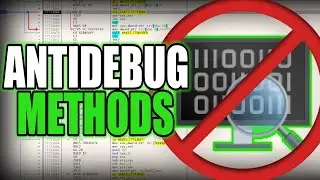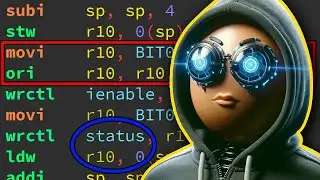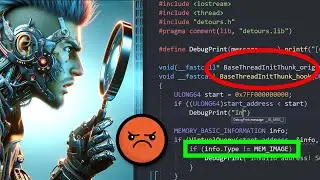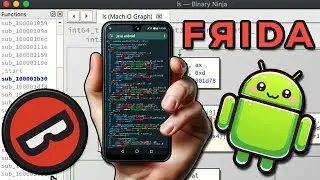Exploit Development 3 - Writing an Exploit Stager
Stagers are used if your actual shellcode is too large to fit it in memory at the time of initial exploitation. Learn how to write a very simple winsock-based stager that reuses an existing socket to then place your whole shellcode in memory in the third part of our exploit development course.
Support us on GH: https://guidedhacking.com/register/
Support us on Patreon: / guidedhacking
Support us on YT: / @guidedhacking
GH Article: https://guidedhacking.com/threads/bin...
In the last lesson, our binary exploit overcame space restrictions using jumpcode. This technique is by far not the only one you could use to overcome such restrictions when exploiting buffer overflows; an alternative are stagers.
This article was made to accompany our video tutorial, we recommend you watch the video and use the article as a reference when needed.
What Is A Stager?
A stager is basically a smaller shellcode that you send to the victim first and get it executed. That code then listens for a connection, allowing you to send a second, larger shellcode (the actual shellcode e.g. for a reverse shell).
Follow us on Facebook : http://bit.ly/2vvHfhk
Follow us on Twitter : http://bit.ly/3bC7J1i
Follow us on Twitch : http://bit.ly/39ywOZ2
Follow us on Reddit : http://bit.ly/3bvOB57
Follow us on GitHub : http://bit.ly/2HoNXIS
Follow us on Instagram : http://bit.ly/2SoDOlu
exploit development tutorial
binary exploitation tutorial
how to make a buffer overflow?
exploit development course
what is a buffer overflows?
binary exploitation course
what is binary exploitation?
what is exploit development?
binary exploit development tutorial
exploit development course
binary exploitation course
exploit development tutorial
binary exploitation tutorial
buffer overflow
remote code execution
buffer overflow exploit
ethical hacking
#ethicalhacking #exploitdevelopment #cybersecurity































